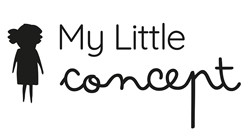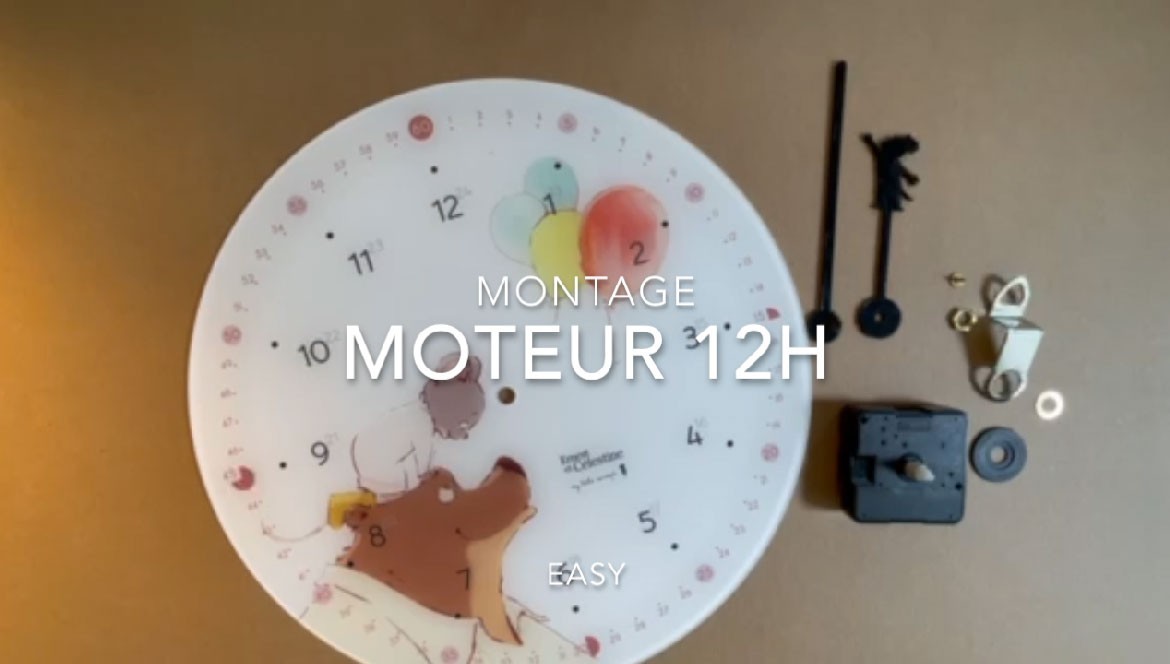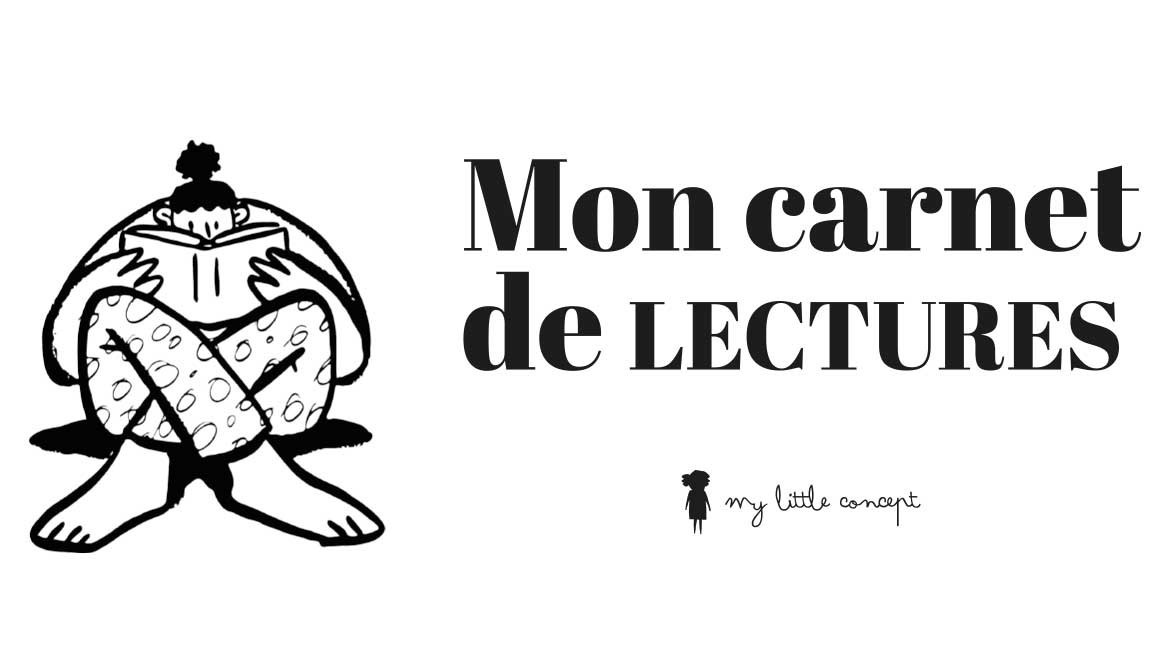Learn to tell the time! Yes but when, how?

To learn to tell time, you must HANDLE
Answers, tips and printable materials to help him learn to tell time.
YOUR MINI IS READY IF IT'S WONDERING THE TIME OF THINGS
To this eternal question " Mum, when is the snack time? ???? Here is a question that you have probably already heard and which can indicate that your mini is on the way to questioning the time of things! It sometimes happens very early this question even before the age of 3. But what if the child does not yet know the numbers and help them satisfy their curiosity?
Let's consider two scenarios:
- Your child still has trouble finding his way around his day, he doesn't really know if it's morning or afternoon, so we will direct the child more towards learning notion of TIME, with a 24-hour routine clock. Thanks to this type of clock, the child will be able to build a clear visual representation of the time that passes and will know for himself thanks to his 24 hour clock if it is morning, afternoon, evening or night, he will know if he should soon take his bath, put on his pajamas, leave for school, etc.
OR
- your child is very comfortable with time and knows how to easily find his way around his day, he knows even before you tell him that it's almost bedtime, or snack time. In this case, the classic 12 o'clock clock is made for him.
TO LEARN TO READ THE TIME
What do we use for support?
Learning to tell the time is an important step for children. He learns to use an everyday tool like grown-ups do. For him it is very important. By achieving this he will be proud and gain self-confidence. So put in his hands a suitable tool and on your side patience and good humor and above all let your child progress at his own pace and trust him. You will see, at this age they are real sponges, but you already know that.
THE CONCEPT
of hours
To fully understand this concept, it may be useful to first use a 24-hour routine clock. Indeed, this tool lays the foundations and will allow your child to become familiar with the concept of the dial and the needle. It also helps to explain that a day lasts 24 hours!
Thanks to the 24-hour clock, he can understand, without worrying about numbers and the division of the day into two times 12 hours, that the hand advances at its own pace, very slowly (it's time passing) and that when it points to a given moment, it informs us of something (an illustration in the case of routine clocks).
For the older ones, who know the digits and the numbers from 1 to 24, we can then associate the times of the routine with a specific time. It is very important to verbalize the hours in their contexts . For example, it's time to have a snack it's 4 p.m. - it's time to get up it's 7:30 a.m. - it's time to go to bed it's 8 p.m. or 8 p.m., etc.
By doing so, you will make your child understand the link between a hand and the information it brings us (an activity, a precise time), and this is an important step in learning to tell the time.
TIPS: If you want to work with a classic 12-hour clock right away, do not hesitate to remove the minute hand first . At this stage we will not worry about the minutes, only the hour hand. Yes, we are going step by step. Also remember to explain to your child that the day is divided into two 12-hour parts, before and after noon. It's best to work with two clocks, one for hours 1-12 and another with hours 13-24. You'll find a handy template here .
THE CONCEPT
of minutes
As soon as one is interested in the minutes, it means that everything else has been understood. Notions of TIME, MOMENTS, DURATIONS and HOURS assimilated and well understood, and the child masters counting from 1 to 24 and from 0 to 60. You can explain to him that in 1 hour there are 60 minutes and that when the hour hand moves by 1 o'clock, the small hand will have made a complete turn of the dial.
Going to minutes also requires mastering tens and counting from 5 to 5 (in CP, CE1). To this will be added the understanding of the quarter of an hour and the cutting into quarters of the dial of the clocks. To train and manipulate you can download this little notebook .
For the minutes, you will then install the hand on the 12 o'clock clock. The child will be able to understand that, like the hour hand, the minute hand points to information , more precisely a number, and that it provides details in terms of the schedule. We will then verbalize the information, it is 3:05 a.m., it is 8:17 a.m., etc. It's a rather fun time for him to decipher his clock's secret message.
Don't forget to handle . You can download and print our 12 o'clock clock template available with this link.




